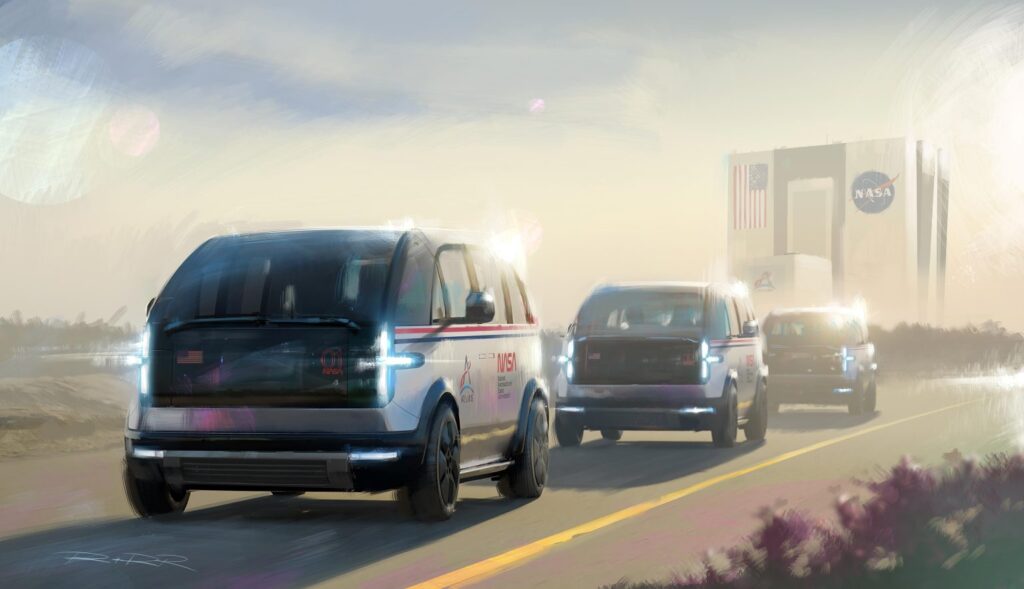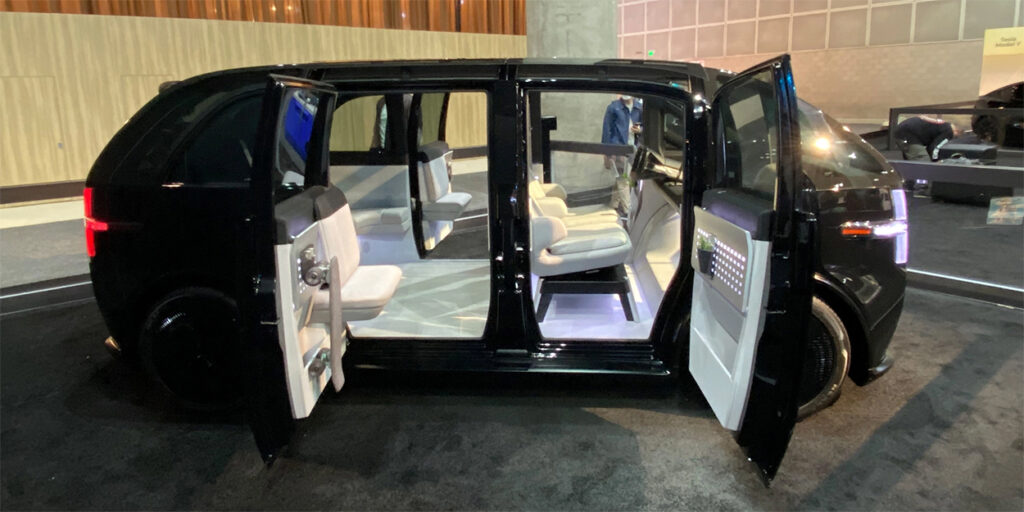Artemis Astronauts Will Ride in EV Crew Transport Vehicle to the Moon Rocket

NASA plans to send back astronauts to the Moon after 50 years through the Artemis Program. But that will be after the agency conducts a series of tests. On March 17, NASA prepared for a wet dress rehearsal. On April 3, the rehearsal took place.
In June 2022, the Artemis Program will officially launch. Artemis I will kick off the project. No humans will board the rocket. Instead, it will carry dummies equipped with sensors to test the forces that astronauts will face.
The crewed space flight aboard Artemis II will take place in May 2024. But they will not land on the Moon. Instead, the astronauts will be aboard the Orion spacecraft. The Artemis II mission is to do a series of tests for critical functions, such as system performance, crew interfaces, mission planning, and deep space navigation and guidance. The actual landing on the Moon will be the mission of Artemis III. The plan is currently set for 2025 if all goes well, although it could be delayed until 2026, as the lunar gateway, a small spaceship that will orbit the Moon, is still under construction.
Plans for the lunar mission
This early, NASA is planning for the vehicles the Artemis II and III astronauts will use when they journey towards the launchpad. NASA plans to replace the Airstream Astrovan, first used in the early 1980s. This week, NASA announced that it had awarded the contract to CanooTechnologies, Inc., a startup that will develop the new fully electric transport vehicles. The contract is worth $148,855.
NASA initially thought of converting the Airstream Astrovan into an electric vehicle. But the agency changed its mind after receiving the proposal from Canoo. The proposal met NASA’s requirement for the vehicle to meet the current federal vehicle safety standards and produce zero emissions. In addition, the vehicle should be roomy enough for a driver, four fully suited-up astronauts, a security agent, a flight operations director, and a technician.
NASA calls the new transport vans as Crew Transport Vehicles (CTV). The boxy look of Canoo vans is specifically suitable for NASA’s requirements.
Astronauts will be wearing their spacesuits when they leave their crew quarters and travel to the launchpad. They will also have their equipment bags and cooling units. Thus, NASA requires the vehicle to have extra-wide doors so the astronauts can get in and out with ease. The vehicle should have enough room for eight people and their luggage.
The Artemis missions will bring the first woman to the Moon. Using what they will learn on the lunar missions, NASA will next prepare to send the first astronauts to the next planet they want to explore—Mars.

Canoo
Canoo will produce the NASA EV transports in Pryor, Oklahoma, where they also build their commercial versions of their LV vans pictured above. The company’s previous headquarters was in Torrance, California. But it decided to move to Bentonville, Arkansas and chose Pryor, Oklahoma as the location for its production facility.